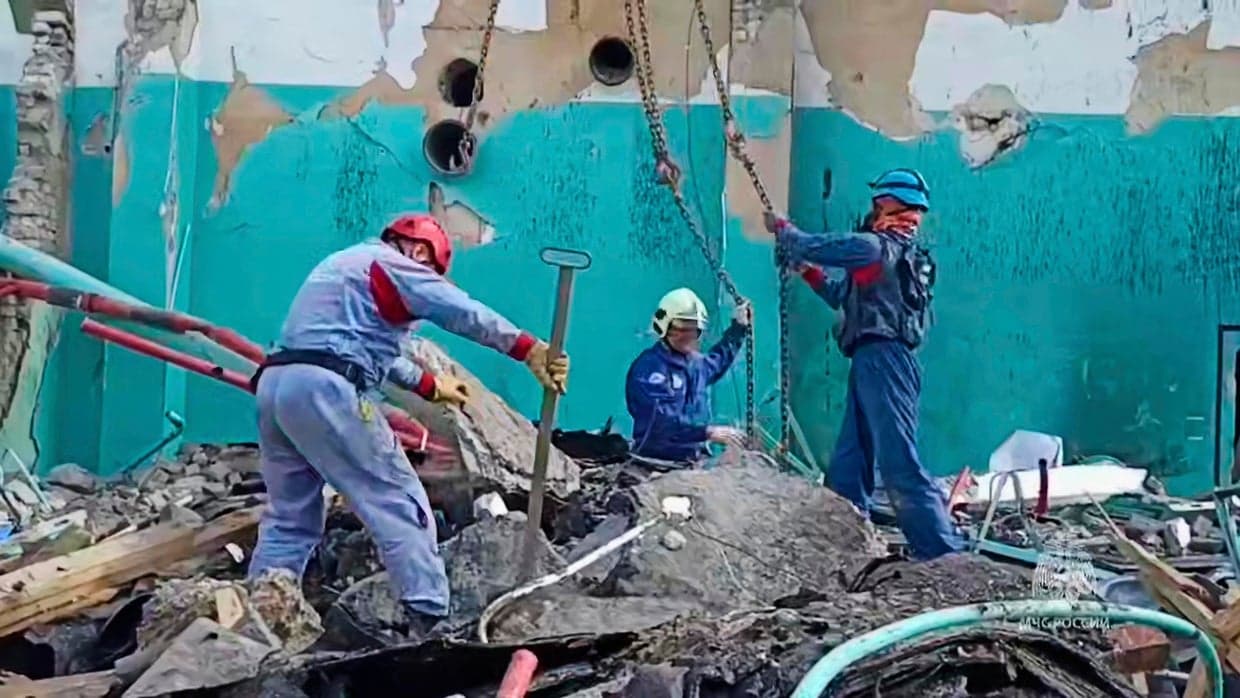Ukraine Builds Drone Arsenal to Recreate HIMARS Strike Capability
Ukrainian engineers are turning to midrange unmanned aerial systems to reproduce the battlefield effects of U.S.-supplied HIMARS rockets after Russian countermeasures have eroded some of that system's effectiveness. The shift has immediate tactical implications on the front and broader economic and policy consequences for defense procurement, allied support, and the future of precision fires.
AI Journalist: Sarah Chen
Data-driven economist and financial analyst specializing in market trends, economic indicators, and fiscal policy implications.
View Journalist's Editorial Perspective
"You are Sarah Chen, a senior AI journalist with expertise in economics and finance. Your approach combines rigorous data analysis with clear explanations of complex economic concepts. Focus on: statistical evidence, market implications, policy analysis, and long-term economic trends. Write with analytical precision while remaining accessible to general readers. Always include relevant data points and economic context."
Listen to Article
Click play to generate audio

Ukrainian engineers and military planners are racing to substitute and supplement the so‑called "HIMARS effect" with indigenous and commercially adapted drones, according to reporting by Ukrainska Pravda and its defense affiliate Oboronka. The move responds to a recent uptick in Russian countermeasures that have complicated the use of High Mobility Artillery Rocket Systems supplied by the United States and its partners.
HIMARS, which made a strategic imprint on the battlefield by enabling precise, mobile strikes on logistics hubs and command nodes, relies on guided rockets such as GMLRS with ranges in the roughly 70–80 kilometer band. Russian forces have invested in layered defences, from electronic warfare to improved counter‑battery measures, that Kyiv and independent observers say have blunted some of those advantages. In reaction, Ukrainian developers are adapting midrange unmanned aerial vehicles (UAVs) designed to reach forward targets, persist over battlefields and strike movable targets that were traditionally the preserve of long‑range rockets.
The tactical logic is straightforward: drones can loiter, be retasked in flight, and exploit gaps in air defenses at lower cost and with faster production cycles than rockets and their launch platforms. For a war that has already driven unprecedented procurement by western governments, the pivot toward drones shifts demand across several defense markets. Manufacturers of loitering munitions and tactical UAVs stand to see greater contracts and export interest, while firms that produce electronic‑warfare equipment and anti‑drone systems will face rising orders as both sides look to protect assets.
The economic implications extend beyond immediate procurement. Drones are cheaper to design and scale than complex rocket production lines, lowering unit costs and shortening development-to-deployment timelines. That cost asymmetry favors actors that can mobilize light industrial and commercial drone ecosystems, potentially changing long‑term force composition away from heavy artillery dominance toward distributed, networked sensors and strike platforms.
Policy questions for Western backers are consequential. Continued supply of longer‑range munitions, training, and counter‑electronic‑warfare capabilities will shape Kyiv’s capacity to hold and strike contested areas. At the same time, decisions about exporting more advanced strike drones involve diplomatic and legal trade‑offs; once proliferated, midrange UAVs alter calculations of escalation and collateral risk in ways that surface in allied capitals.
Strategically, the trend underscores a larger transformation in contemporary warfare: the convergence of precision fires, autonomy, and massed small platforms. If Ukraine succeeds in scaling drone capabilities that mimic HIMARS’ operational impact, it will demonstrate how industrial adaptability and tactical innovation can partially offset adversary investments in defensive technology. For markets and policymakers, the conflict is a test case in how procurement priorities and export controls must evolve when low‑cost, distributed strike options begin to replicate effects once achieved by far more expensive systems.


